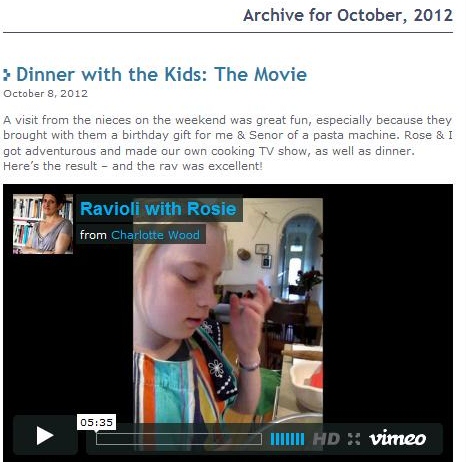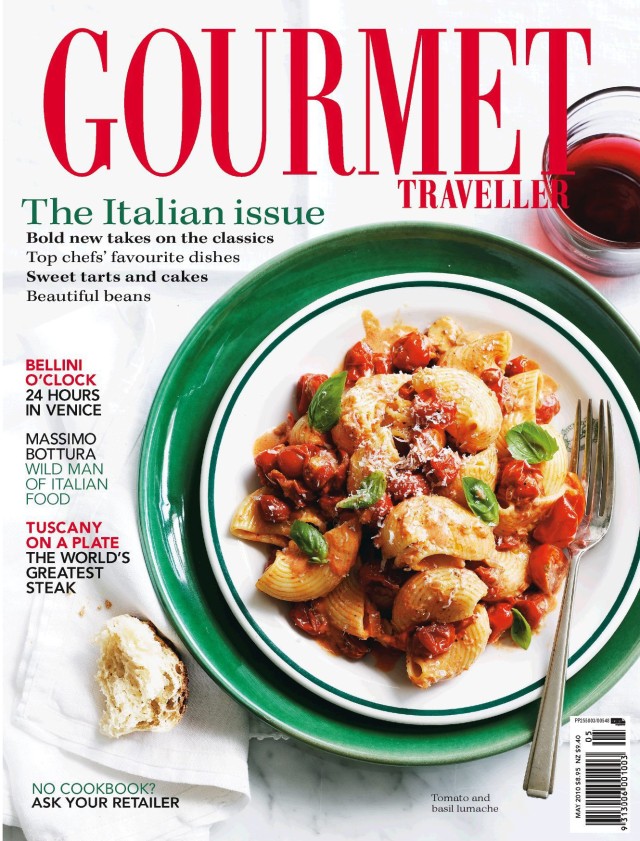Sudanese fled to other countries with the hope to start a better life because of the drought, famine, war damage and limited infrastructure in their own country. About two million people have died during the First Sudanese Civil War of 1955 to 1972 and the Second Sudanese Civil War which started in 1983. Four million people have been displaced because of the war and conflict which fortunately officially ended with the singing of a peace agreement called the Comprehensive Peace Agreement (CPA) in January 2005.
Australia has given its assistance to the worst affected people from the region and now the Sudanese community is one of the fastest growing groups in Australia according to Australian Bureau of Statistics. Around 29,000 Sudanese resettled to Australia since 1996
from the latest report of Humanitarian Issues- Australia’s Response. During the past ten years, the number of Sudanese refugee arrivals has increased by an average of 34 per cent each year contributed by Australian Government’s large number of Humanitarian programme entrants for Sudanese. Among Sudanese refugees, 1% came and settled down in Canberra.
Although it varies from person to person, Sudanese refugees highly require assistance to gain training, work experience and employment in Australia to start their new life. Before they can get a job, language and culture barriers are their first challenges followed by education and health according to Sudanese Community Profile.
Prior Perspective
At the early stage, we only had the contact with Geoff McPherson, the president of Canberra Refugee Support, who gave us a lot of background information about refugees in Canberra and related contacts for our potential Sudanese refugee story. Then, we got contact with the Theo Notaras Multicultural Centre because there is a Sudanese community. Finally, we got contact with David Plok who is a Sudanese reverend servicing in St. George’s Anglican Church in Torrens where is a meeting place for many of
the region’s Sudanese refugees. David also organized other interviewees after we decided to produce a story focusing on St. George’s Anglican Church.
There are more than 15 million refugees in the world who are forced to flee their homes due to persecution because of political, religious, military or other problems according to a new report from the UN refugee agency. As defined in the 1951 United
Nations Convention Relating to the Status of Refugees (the Refugee Convention), a refugee is defined as a person who
“owing to a well-founded fear of being persecuted for reasons of race, religion, nationality, membership of a particular social group or political opinion, is outside the country of his
nationality, and is unable to or, owing to such fear, is unwilling to avail himself of the protection of that country or return there because there is a fear of persecution…”
I agree with Probyn and Butterly (2011) who said the main reason for refugees’ journey was seeking for a better life. However, even the refugees reached a safe country like Australia, they still face huge challenges. Some of them have to deal with their refugee
status firstly and then probably language and culture barriers. Another big challenge is finding a job to feed themselves and their families. Before they can get a job, some of them have to gain the necessary skills required by the employers.
Unlike immigrants, refugees have been forced to flee their homeland which makes refugees differ from immigrants since immigrants usually arrive after much preparation including study of the second language according Hamilton and Moore (2003). Therefore refugees are more at risk for mental health and academic dysfunction.
Therefore, I strongly agree with the Australian Greens’ policy on refugees 2010:
Services for new migrants and refugees would include appropriate English language classes, social security, legal and interpreter services, programs to ease transition to Australia’s multicultural society, and post-trauma counselling where needed.
Below are the changes to refugee and asylum seeker policy in Australia since 2007:
In government, the Australian Labor Party (ALP) has introduced a number of changes to refugee policy since its election in November 2007. These include:
the closure of the offshore processing centre in Nauru;
an end to the Temporary Protection Visa system;
the introduction of a merit-based appointment process for the Refugee Review Tribunal;
the abolition of the “45-day rule” bar on asylum seekers’ access to work rights and basic health care;
an increase in the total Refugee and Humanitarian Program from 13,000 places (2007) to 13,750 (current);
the replacement of the Howard Government’s Community Care Pilot with an ongoing program to support asylum seekers living in the community;
some reforms to immigration detention including the development of “New Directions in Detention”, an outline of principles for the conduct of immigration detention centres;
the abolition of the policy of charging immigration detainees for the cost of their detention;
the suspension of processing protection applications for people from Sri Lanka and Afghanistan;
the reopening of the remote Curtin Detention Centre;
and legislative changes to increase penalties for those convicted on people smuggling and providing material aid.
On assignment for reforting refugees

By magnusfranklin
Our refugee story is based on a Sudanese community in St. George’s Anglican Church in Torrens, Canberra. We spent three Sunday afternoons listening their singing, praying and joining their socialising activities. They allowed us to film their activities and shared their personal stories with us.
There are a high proportion of single mothers in Sudanese community in Canberra
because their husbands died in the war. Most of Sudanese refugees came to Australia with their families since 2006 by plane in this community with the hope their relatives and friends can come to Australia and join them someday. Young people in this community can take advantage of ACT government’s assistance to learn English while it is hard for old people to start learning a new language. What massage they want to send is helping us find a job.
Through the refugee report project, I can strongly feel that refugees are trying to get into the wider Australia communities since they settled down in Australia. They welcome every
opportunity to get along with local Australians.
I think that every human being have the rights to seek for a better life for himself and his family. Refugees are the people who are forced to leave their home and start the journey for a better life.
Although human rights principles and the provisions of the Refugee Convention are the first things being taken into consideration, respective colonial and federal governments on the other hand have always stuck to the principle that they have a sovereign right and, indeed, a duty to control immigration and refugees since Australia was first settled (Vrachnas, Boyd, Bagaric and Dimopoulos 2008).
That is because “refugee law is designed and administered by states, the availability and quality of protection varies as a function of the extent to which the admission of refugees is perceived to be in keeping with national interests (Lambert 2010)”.
LESSONS FROM THE FIELD
Phillips and Lindgren (2006) said “the longer television format with three layers of information (vision, audio, and script) can make it more difficult to retain a clear and logical storyline”. Logic is also our first big challenge when we try to tell our refugee story to our audience with doing six interviews for the story.
I did two of the interviews without a teammate which caused a lot of pressure on arranging talents, taking charge of camera and having interviews.
Having a chat with the refugee talents before doing the interviews can make them comfortable and open their hearts to us.
For my next time to produce a TV story like that, I will find a good location with enough light and less noisy background for my interviews. It may be a good idea to have interviews with nature sound as background which is related to the story in some cases but for my last story, the background noise in some of the interviews almost killed us when we edited on the next stage.
Make a backup plan before we go to the field in case that something unexpected happens. On the first Sunday, we haven’t enough space in our camera to film interviews after we filmed some footage for our story. One the second Sunday, the microphone didn’t work because of low content battery. Therefore, I think it is better to bring extra batteries both for microphones and cameras and extra memory card in case that we need more space to film.
I agree with Stuteville (2007) that it can be a lifesaver to have a second person as a note taker and extra set of ears. I learned this lesson on the second Sunday.
Bibliography
Hamilton, R. and Moore, D. (2003) Educational Interventions for Refugee Children: Theoretical perspectives and implementing best practice, London and New York: RoutledgeFalmer Taylor & Francis Group.
Lambert, H. (2010) International Refugee Law, UK: University of Westminster.
Phillips, G. and Lindgren, M. (2006) Australian Broadcast Journalism (2nd edn), Oxford: Oxford University Press.
Probyn, A. Butterly, N. 4 May 2011 ‘Better life main reason for refugees’ journey’, The Sydney Morning Herald.
Refugee Council of Australia (RCOA) 2010, Refugee Policy in the 2010 Federal Election Campaign: What The Parties Are Saying, RCOA.
Stuteville, S. 26 March 2007, ‘13 simple journalist techniques for effective interviews’
Vrachnas, J. Boyd, K. Bagaric, M. Dimopoulos, P (2008) Migration and Refugee Law (2nd)
Cambridge: Cambridge University Press.
 (By IzuenGordelekua)
(By IzuenGordelekua)




